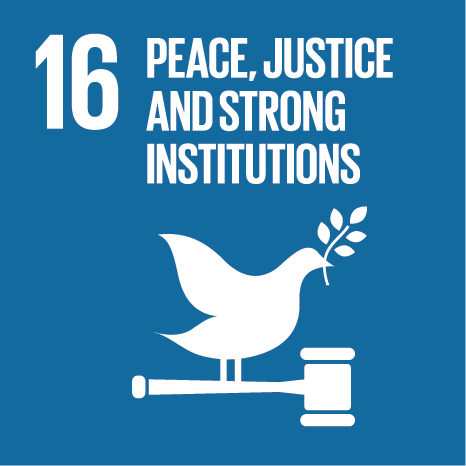“Quality Indicators in Diagnostic Assessments: a GPS for the intervention to promote the rights and protection of children and young people”
Event Title
Colloque Scientifique – “Les Indicateurs de Qualité de l’Accompagnement de l’Enfant en Protection de l’Enfance”
Year (definitive publication)
2020
Language
French
Country
Morocco
More Information
Web of Science®
This publication is not indexed in Web of Science®
Scopus
This publication is not indexed in Scopus
Google Scholar
This publication is not indexed in Google Scholar
This publication is not indexed in Overton
Abstract
The identification of a dangerous situation for a child is the starting point that legitimizes the activation of subsidiary mechanisms for their protection. In Portugal, when the first level of intervention (community, with its formal or informal institutions) is unable, consensually with families and children, and adequately and sufficiently, to put an end to the situation of danger (also depending on their severity), there is referral to the Commission for the Protection of Children and Youth in the area that is territorially competent (CNPCJR et al., 2011; LPCJP - annex of Law 147/99 of 1 September). It is in the specific intervention of these interdisciplinary and interinstitutional entities, “non-judicial” and “with functional autonomy” (legitimized by the families and children from the age of 12), on which we will focus our attention.
After analyzing the eligibility of the situation (focusing on the report in view of the characteristics of the incident, the child, the parents/caregivers and the social-family environment), the informed consent (written) is obtained to start/continue the assessment. The way in which the families and children are informed so that can take decision on giving or not consent is the first step in the collaborative helping relationship on which all subsequent intervention will depend (Ruxa, 2013).
The decision-making process corresponds to a critical process of child protection interventions (Child Welfare Information Gateway, 2003; State Government Victoria, 2006; Houston, 2015; Capacity Building Center for States, 2017). It is believed that the ability to collect quality information and the collegiate, democratic and argumentative deliberative act based on the ethics of discourse to achieve greater consensus and quality (Habermas, 1992; Palmero, 2015; Ruxa, 2017; Dahler-Larsen, 2019) will enable better informed decisions to be made.
The quality indicators in assessments in the context of child protection – GPS for the most appropriate taking of protective and welfare-promoting measures, based on evidence, are being grouped and presented in the literature in a relatively consensual way. The indicators are divided between analyzes of risks, needs, parenting skills, family and ecological factors, the potential for family change, among others (Department of Health, Department for Education and Employment and the Home Office, 2000; CNPCJR et al., 2011; Calder et al., 2012; Ministry of Children and Youth Service - Ontario, 2016).
However, we alert for two issues: the factors that can negatively influence the quality of the evaluations; and for the fact that the greater standardization aimed at improving their quality does not eliminate the space for professionals' discretion (Banks, 2004) in view of the final decision-making process.
Acknowledgements
--
Keywords
Quality indicators,Diagnostic Assessments,protection of children and young people
Contributions to the Sustainable Development Goals of the United Nations
With the objective to increase the research activity directed towards the achievement of the United Nations 2030 Sustainable Development Goals, the possibility of associating scientific publications with the Sustainable Development Goals is now available in Ciência_Iscte. These are the Sustainable Development Goals identified by the author(s) for this publication. For more detailed information on the Sustainable Development Goals, click here.

 Português
Português



